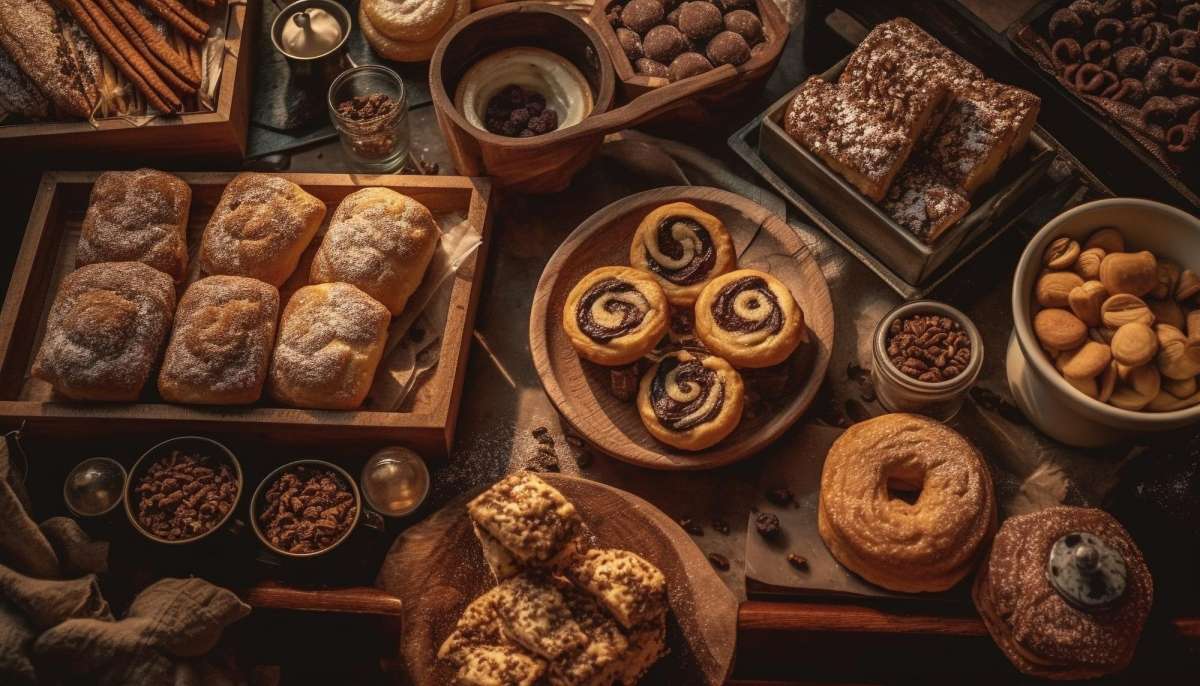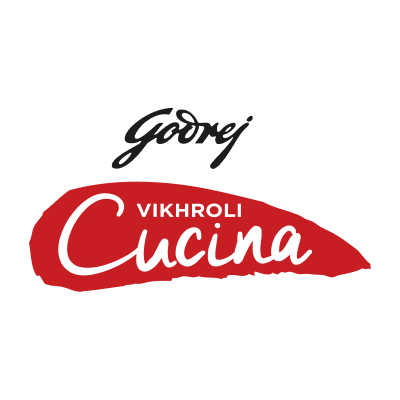
Celebrate Pastry Day: Unleash your inner pastry chef with the art of baking
Experiment with flavours, techniques, and ingredients, and let your inner pastry chef shine.

The art of baking bread, pastries and tarts is one of the oldest and most versatile forms of culinary art. To a skilled baker, it's also an endless source of discovery and inspiration. The only limit to your creations is the boundaries of your imagination!
Flaky Croissants: A Butter-Drizzled Marvel
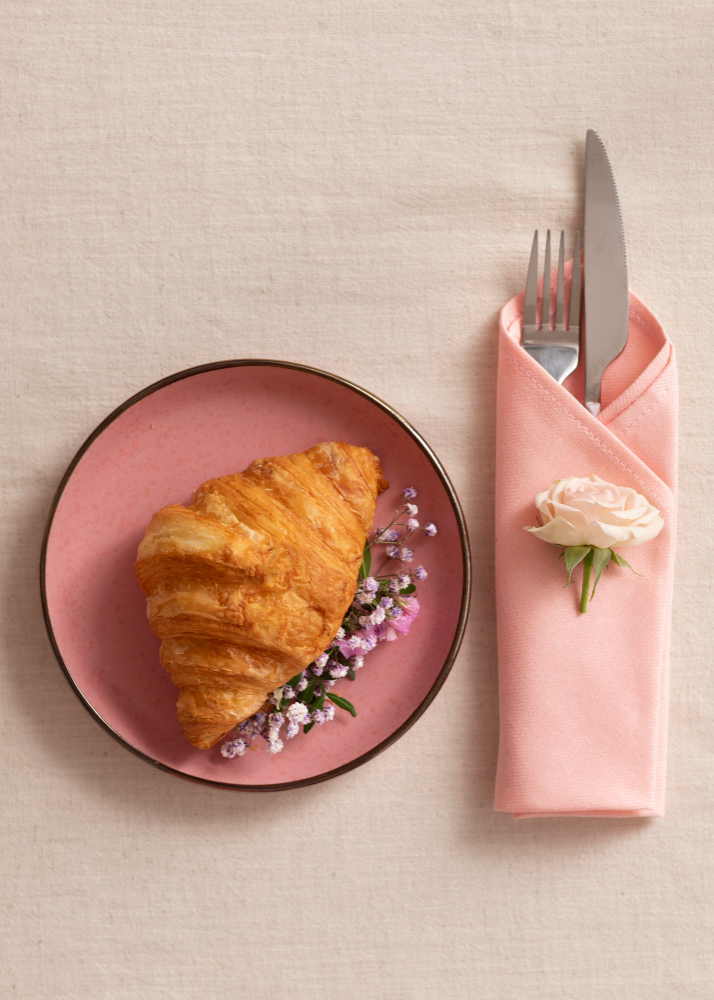
The buttery layers that form during baking create a crispy, flaky pastry with a tender interior. The secret to achieving these layers is not in the ingredients but in the technique for combining them. The dough must be rolled out at least five times — twice before its first rise, once after its first rise and three more times before it's baked.
The flakiness of a croissant is the result of two unique ingredients. The first is a high percentage of butter in the dough, which melts during baking and leaves tiny pockets between layers of dough. The second is yeast-leavened dough that has been rolled out and folded multiple times, creating many layers within each croissant.
Homemade Bread: The Art of Kneading
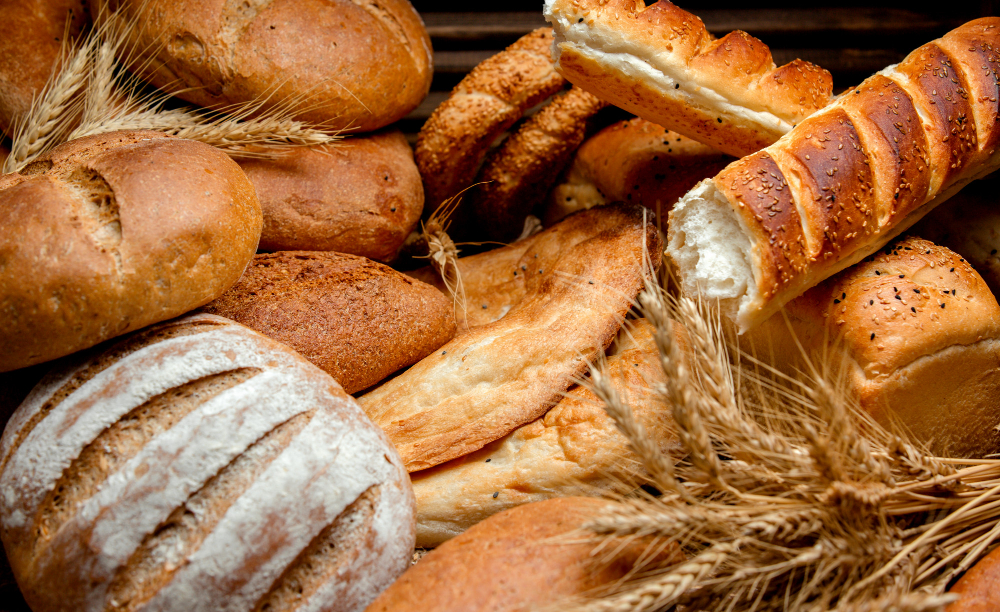
Different flours have different protein levels, which means they'll have different gluten content. Gluten is what allows bread dough to rise and become light and fluffy. Kneading helps develop gluten, which is what gives bread its structure and chewiness. Choosing the right flour for different types of bread is also a crucial step.
Bread is made by mixing flour, water, yeast and other ingredients together to create dough. When the yeast starts fermenting, it produces carbon dioxide gas that causes your bread to rise during baking. The more you knead your dough, the more gluten strands are created, which makes it easier for the gases produced by the yeast to expand in size as they're trapped in pockets between these strands.
Picture-Perfect Tarts: A Pastry Masterpiece
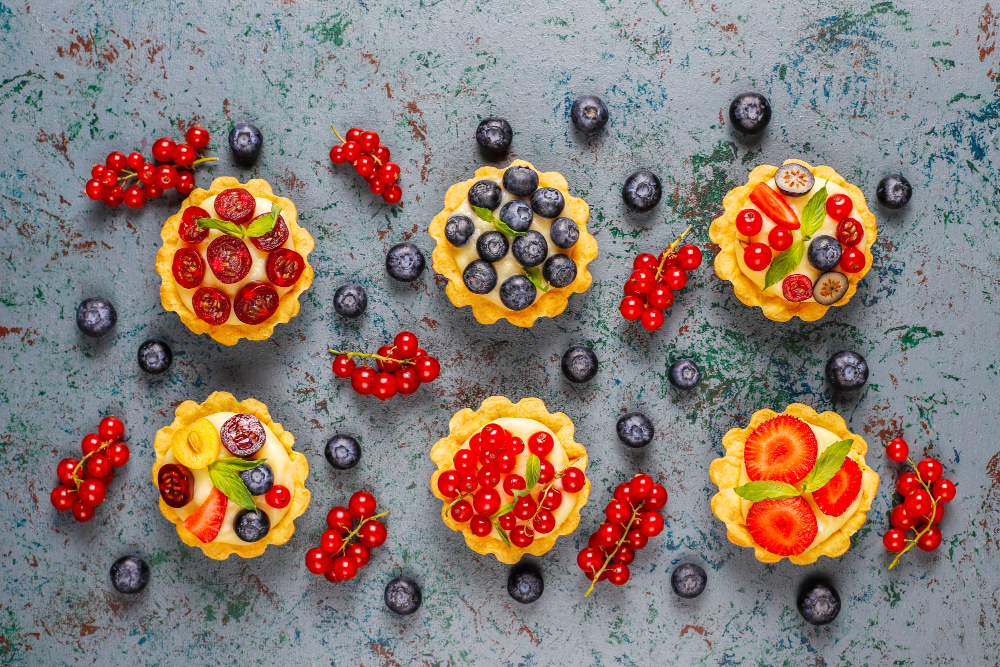
Tarts are similar to pies, but they have pastry crusts instead of pie dough. They're also baked in a tart pan, which has straight sides and a flat bottom. The fluted edges of the tart pan make it easy to remove the tart from the pan when it's done baking. If you're making a fruit tart, buy fruit at its peak season and use fresh fruit whenever possible.
Making the perfect crust is the starting point for any great tart. It should be flaky, rich and buttery. Chill your ingredients before mixing them together so that they are cold when they hit the heat of your hands. Cold butter is essential to getting a flaky crust! Choose your toppings wisely. If you're using fruit in your tart, consider pairing it with complementary ingredients such as chocolate or nuts.
Do you know of any other secrets to becoming a baking maestro? Let us know in the comments.
Tags
0 Comment
You may also like
-
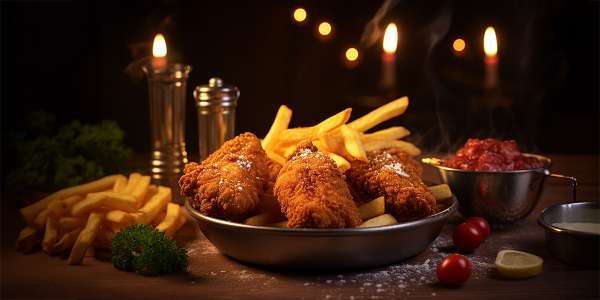
Tips & tricks Party plates: The finger foods everyone grabs first
by Vikhroli Cucina
-
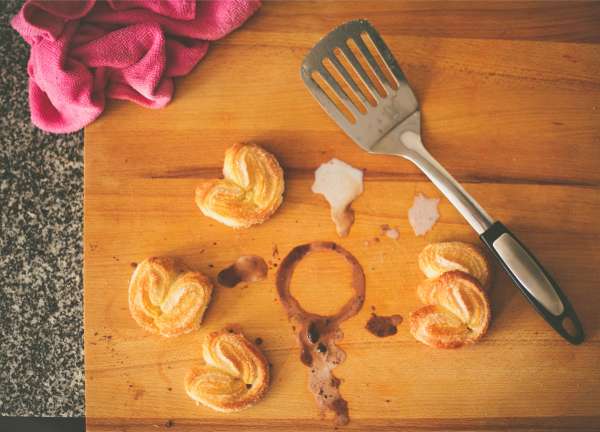
Tips & tricks 6 tiny baking errors that wreck your dessert
by Vikhroli Cucina
-
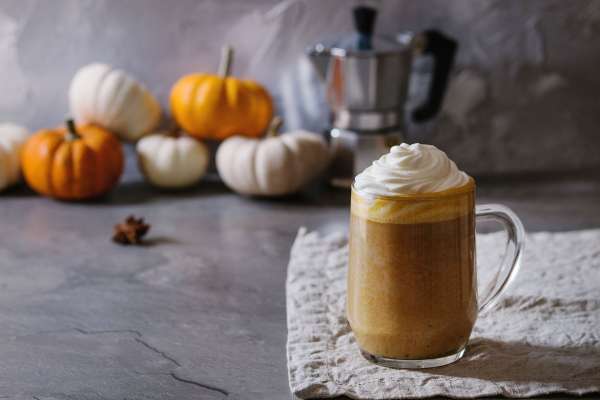
Tips & tricks Ditch Starbucks: The ultimate DIY Pumpkin Spice Latte hack is here
by Vikhroli Cucina
-

Tips & tricks DIY 15-minute Yummiez platter for a fun Children's Day bash for busy parents
by Vikhroli Cucina

